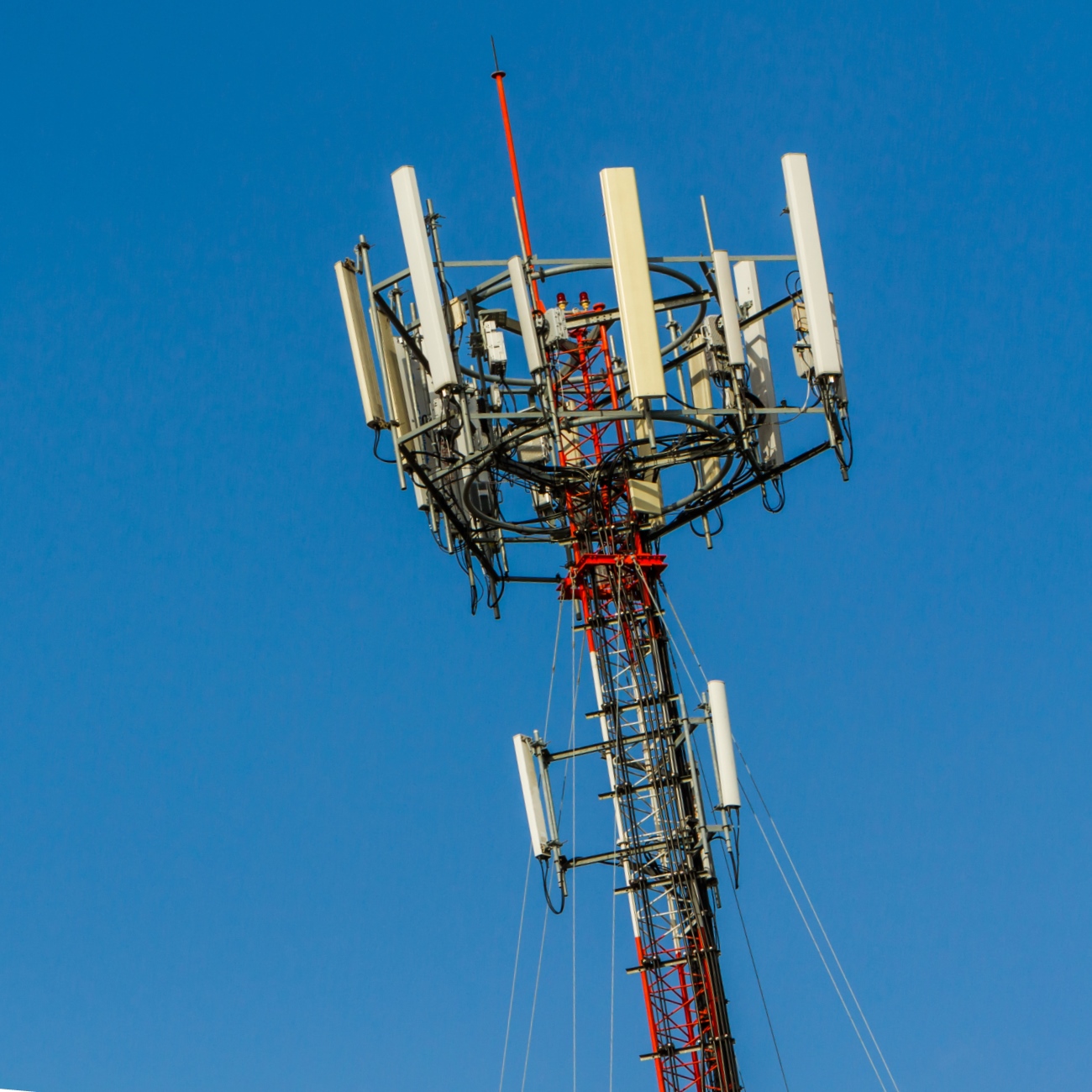Telecom & Wireless
AT&T Kicks Off 5G Network, Prepares to Fight Off Competing Bid for Straight Path

Published:
Last Updated:

Telecom giant AT&T Inc. (NYSE: T) announced Tuesday morning that it plans to roll out its 5G Evolution service to more than 20 U.S. cities by the end of this year. Beginning today, AT&T customers in Austin, Texas, who use Samsung’s Galaxy S8 or S8+ and who subscribe to certain data plans, will be able to use the 5G network in certain parts of the city.
At nearly the same time, AT&T acquisition target Straight Path Communications Inc. (NYSEMKT: STRP) announced that it had received an all-stock bid valued at $1.8 billion ($104.64 per share) to acquire the company from an unnamed “multi-national telecommunications company.” AT&T had offered $1.6 billion ($95.63 per share) in an all-stock deal announced earlier this month.
Under terms of the existing merger agreement between AT&T and Straight Path, the telecom giant has five days to respond with a higher bid.
Straight Path is being acquired for its 735 millimeter-wave (mmWave) licenses in the 39 GHz band and 133 licenses in the 28 GHz band that cover the entire United States, including the top 40 markets. mmWave technology is one of the cornerstones upon which next generation high-speed 5G networks will be built.
4G LTE networks typically broadcast wireless cellular signals at frequencies below 6 GHz. Using mmWave technology to connect mobile customers with nearby base stations is a new use of a technology that is currently used to transmit data from satellite or radar systems and is beginning to be used by cellular providers to move data between nearby cellular base stations.
By itself, mmWave technology is not sufficient to generate 5G speeds due in large part to its inability easily to travel through buildings or other obstructions. The Institute for Electrical and Electronics Engineers (IEEE) has a good explanation of some of the basic technologies being developed to provide wireless networks that can download an entire movie in high-definition in less than a second, compared with about 10 minutes on today’s 4G/LTE networks.
AT&T said that its 5G network in Austin offers twice the speed of its 4G LTE wireless network. But that is just the beginning of the speed increase that consumers can expect once all the pieces of a wireless 5G network are in place. The goal is a network that operates at 100 gigabits per second (100 Gbps).
The theoretical limit to a 4G LTE network is 672 megabits per second (Mbps). Peak real-world speed of around 50 Mbps is possible, but actual speeds are considerably below that.
AT&T stock traded down about 0.1 % in the noon hour Tuesday, at $39.97 in a 52-week range of $36.10 to $43.89.
Straight Path traded up nearly 13% at $125.26, a new 52-week high. The annual low is $15.06.
The average American spends $17,274 on debit cards a year, and it’s a HUGE mistake. First, debit cards don’t have the same fraud protections as credit cards. Once your money is gone, it’s gone. But more importantly you can actually get something back from this spending every time you swipe.
Issuers are handing out wild bonuses right now. With some you can earn up to 5% back on every purchase. That’s like getting a 5% discount on everything you buy!
Our top pick is kind of hard to imagine. Not only does it pay up to 5% back, it also includes a $200 cash back reward in the first six months, a 0% intro APR, and…. $0 annual fee. It’s quite literally free money for any one that uses a card regularly. Click here to learn more!
Flywheel Publishing has partnered with CardRatings to provide coverage of credit card products. Flywheel Publishing and CardRatings may receive a commission from card issuers.
Thank you for reading! Have some feedback for us?
Contact the 24/7 Wall St. editorial team.